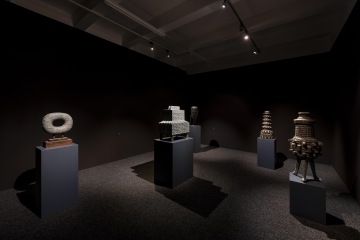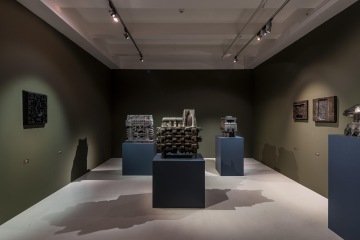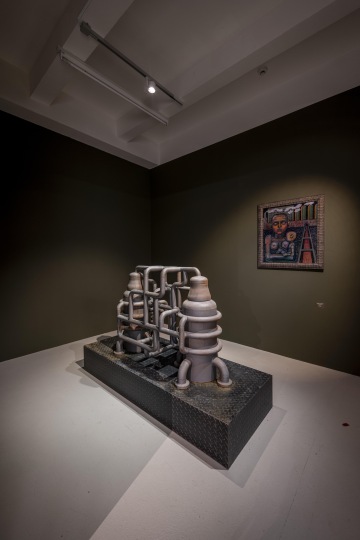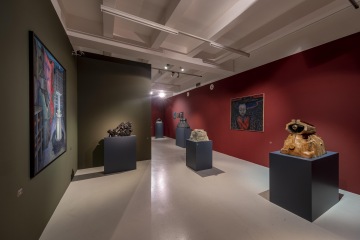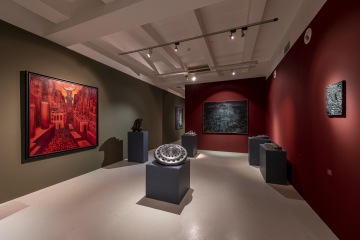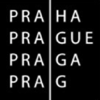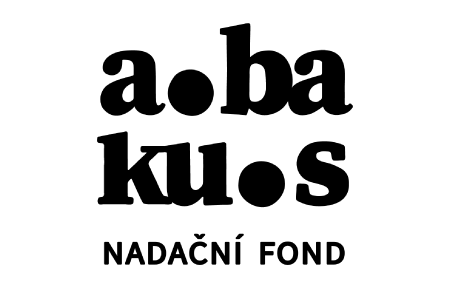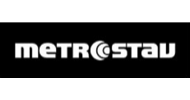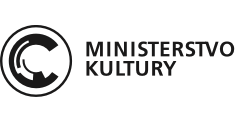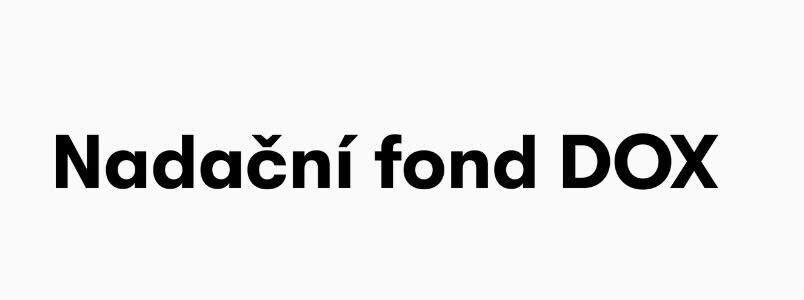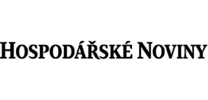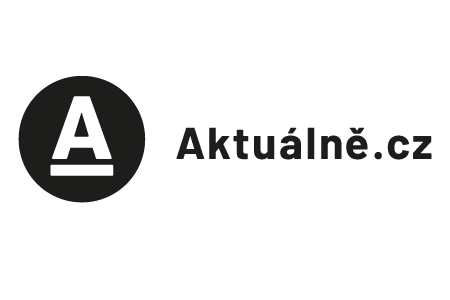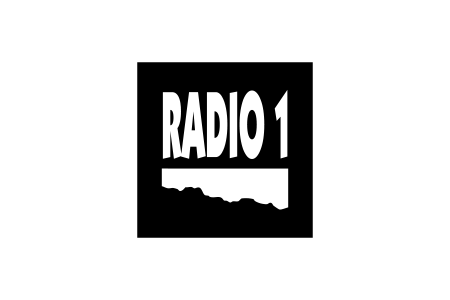The mesmerizing beauty of the Architectons and Machines of Jaroslav Róna in DOX
16 Feb 2022
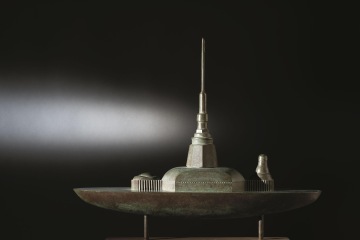
Contact for media
Anežka Horáčková
+420 607 719 823
horackova@dox.cz
Jaroslav Róna’s exhibition at the DOX Centre for Contemporary Art presents for the first time a previously little-known aspect of the artist’s work. In a set of sculptures entitled Architectons and Machines, the artist depicts fanciful architecture that is archaic, mythological, Orwellian, and futuristic. The exhibition is open to the public until 8 May 2022.
Painter and sculptor Jaroslav Róna (*1957) is known to the public mainly for his monumental works in public space: the monument to Franz Kafka or the Red Giraffe in Prague, the equestrian statue of Jobst of Moravia in Brno or the Mythical Ship in Bratislava.
In the shadow of his painting and monumental sculpture, another key part of his work has remained until now - non-figurative sculptures in the form of models of buildings, landscapes, and machines, which he has created continuously from the beginning of his artistic career in the mid-1980s to the present. The artist calls them architectons. He borrowed the term from the Russian painter and art theorist Kazimir Malevich, who used it to refer to his Suprematist architectural models.
The exhibition Architectons and Machines is the first ever comprehensive survey of this line of Jaroslav Róna’s work, which is presented almost in its entirety at the DOX Centre for Contemporary Art.
“The appeal of the architectons stems primarily from their dual nature as sculpture and model, and thus from the way they activate the viewer’s imagination. As models, they oscillate between the past and the future: together they can refer to dystopia and visionary utopia; they can represent archaeological models of long-vanished and forgotten civilizations or conceptual studies for the future. And they can also exist in a kind of time loop: as archaeological excavations that represent something future for someone in the past,” explains exhibition curator Ladislav Kesner.
Behind the compactness of the architectonic form, there is a complex creative and technological process. In the early 1990s, Jaroslav Róna began to work systematically with found objects made of wood, aluminum, or Bakelite, and later mainly with wooden, paper, and polystyrene scraps, and filler and packaging of industrial goods. He then modifies this base in various ways - he adds touches of and completes shapes - using wax. The model thus prepared then travels to the workshop and foundry of the artist’s collaborators, where it is transformed into a bronze sculptural object using a variant of the ancient "lost wax" process.
“The mesmerizing beauty of the greenish and reddish patinas of strange objects that look like they have been fished out of the bottom of the sea after thousands of years. Their surfaces are covered with delicate reliefs and drawings engraved with the point of a chisel. We can only guess what purpose these temple-like or monument-like boxes might have served, but we see the exquisite proportions and relationships honed to perfection by their makers from generation to generation. Ancient Chinese bronzes. I wanted to approach their beauty using found and useless objects washed up by the ocean of contemporary industrial operation,” the author, Jaroslav Róna, says of the architectons.
The exhibition is accompanied by a narrative photographic publication, in which the detailed eye of photographer Robert Portel draws the reader into the artist’s magical world. The publication was graphically edited by Jan Havel. Ladislav Kesner, curator of the exhibition and art theorist, in an expert text, places Jaroslav Róna’s unique work in the context of contemporary world art: “The way in which Róna’s architectonic works combine the poetics of found objects with technological precision, archaic connotations of sculptural form and multilayered associations makes them a unique collection even in the context of contemporary international sculpture”.
Jaroslav Róna: Architectons and Machines
17 February. – 8 May 2022, open Wed – Sun: 12 p.m. – 6 p.m.
DOX Centre for Contemporary Art, Poupětova 1, Prague 7
Curator: Prof. PhDr. Ladislav Kesner, Ph.D.


